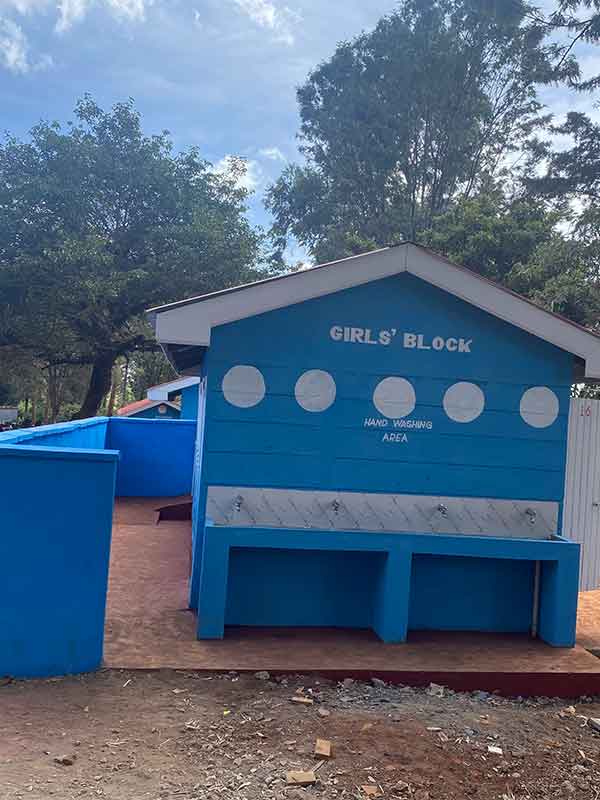Rural Schools
Unique location characteristics, social mannerisms and norms that influence the appropriate WASH solution for Rural Schools
Unique location characteristics, social mannerisms and norms that influence the appropriate WASH solution for Rural Schools
The choice of appropriate sanitation systems for any given context requires a system-based approach to ensure long-term sustainability of the systems. This approach begins from the appreciation of the different key contextual factors which characterize a given setting. There are four main typical school contexts which affect the choice of sanitation systems in schools. These are:

This context describes schools in rural areas. In contrast to urban slums contexts, rural settings present more open swaths of land with few homes or buildings and sparsely populated communities.
The rural communities often live in close contact with nature and commonly depend on agricultural livelihoods. This provides this context with a significant potential for sanitation resource recovery products (such as soil conditioners useful in agriculture) compared to urban settings.
However, like the urban settings, rural contexts also exhibit huge WASH infrastructural gaps and needs including WASH services. These gaps often become apparent in schools where learners lack access to safe and reliable water supply, and where open defecation is prevalent due to lack of [adequate] sanitation facilities.